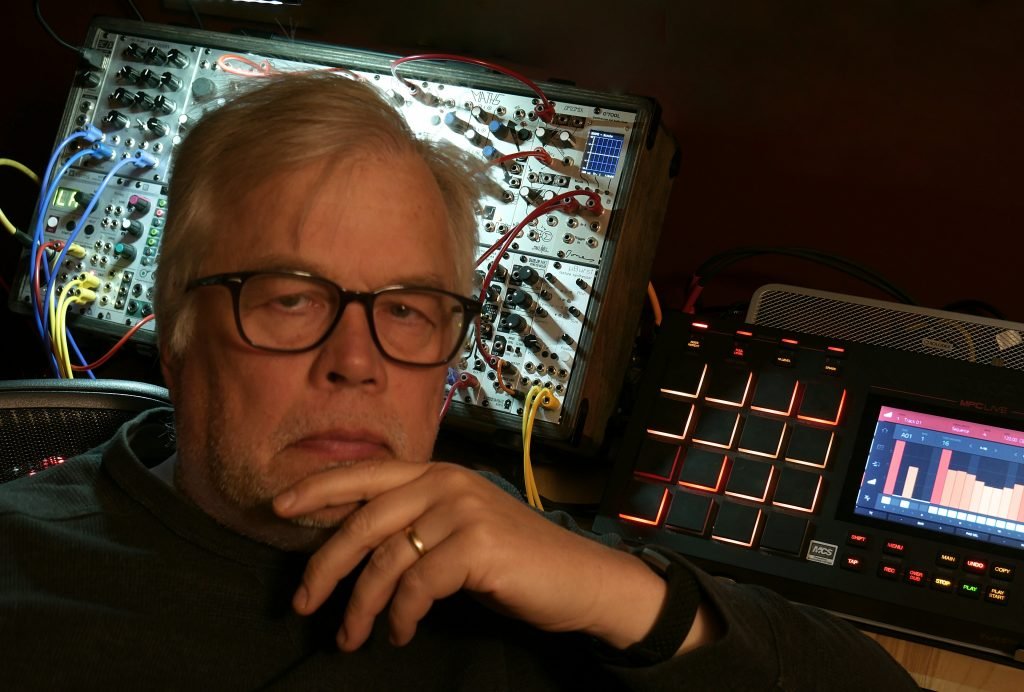The latest book from Cycling ’74 promises to make deep rabbit holes navigable. Its mission: to boldly reveal the algorithms that are typically black boxes, in sound processing and synthesis and computer composition.
I just love books like this – not just for the tool itself, cool as Gen is, but to see how writers tackle creation at the low levels of patching and code. My aunt was a Catholic nun, and famously chose to teach mathematics because it was the topic that was hardest for her. I’m not saying that of Cycling’s authors here, but I adore those moments when we get to share truly eye-opening knowledge and skill. It’s not the stuff that we already know or that comes easily, but new adventures for our minds.
And this looks like a great one to take together.
Generating Sound & Organizing Time – Thinking with gen~ Book 1 is a new book on Gen from Graham Wakefield and Gregory Taylor, two of the most articulate educators and technologists in the field. Gen is the low-level signal processing core of Max. It allows you to continue thinking and patching visually, but with the basic building blocks of algorithms. The same objects are now supported in Cycling ’74’s new RNBO, so you can also use these to target plug-ins and hardware. (Gen exports directly, too, which includes the ISF open shader format for Jitter visuals – RNBO is sound-only.)
This is the first of two books. Already in this opening title, Cycling says you’ll get a range of topics:
- Downloadable Gen patches that work at the sample level – so you can “hear results immediately after every edit”
- Thinking with “design patterns, techniques, and subcircuit” but –
- You don’t have to know “much math or code.” (Of course, if you do want to get into math and code, here’s a great entryway.)
What’s in there, from their description:
- algorithmic rhythm generators, beat slicers, Euclidean sequencers,
- morphing LFOs, wave shapers, bit-crushers and gliding quantizers,
- chaotic systems, stepped and smoothed noise and chance operations,
- a wide palette of filters and delay effects,
- a plethora of phase and frequency modulation algorithms,
- formant, pulsar and polyphonic granular synthesizers of various kinds,
- bandlimited virtual analog and wavetable oscillators capable of intensive modulation,
I’m checking a review copy shortly. There’s a print edition, plus an upcoming Kindle version.
Here’s gen~ in RNBO, by the way:
This title for me is one of two I’m really excited to hole up with this winter – the other being the Live Coding “user’s manual” title which will be freely released (and on MIT Press) – more on that soon. But having seen some folks griping about Max or proprietary software in comments, everyone I know in the community developing open-source tools has great admiration for Cycling ’74. I’m sure any of us who love learning and teaching about sound synthesis and musical algorithms will be taking in the ideas Graham and Gregory have on offer here, and thinking how we can express our own ideas.
The open community is essential: it’s the best way, I think, to provide free and accessible tools and localized documentation internationally. But I’m certain this title will also provide great food for thought, including for those initiatives.
I’ll let you know how it goes by sending some messages back from down the rabbit hole. CDM book club, hmm?
If you can’t wait, here’s an easy tutorial on delays (maybe worth perusing to see if this is your cup of tea or not):



